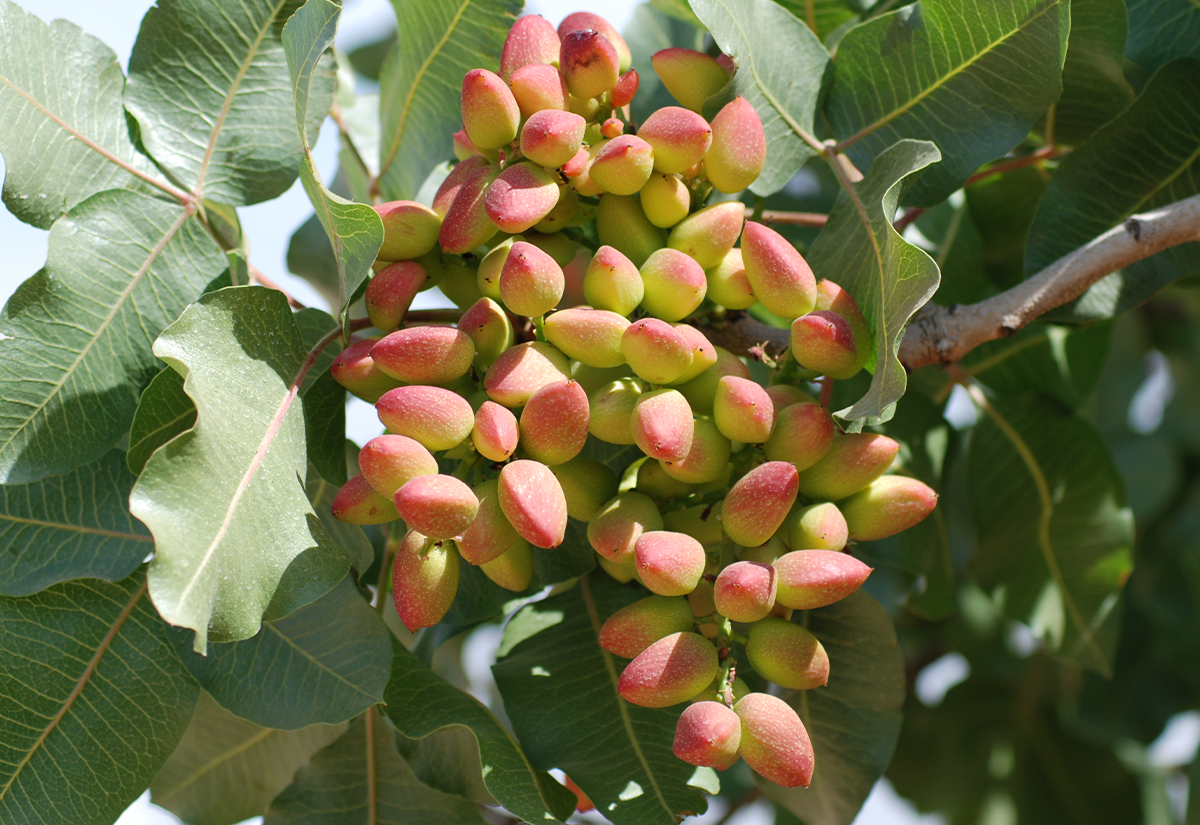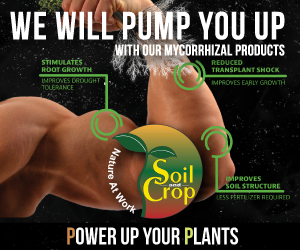
The goal of summer leaf analysis in almond and pistachio production is to see where fertilizer programs can be adjusted to prevent nutritional problems. Laboratory leaf analysis can also help with evaluation of the effectiveness of a fertilizer program and provide a way to compare several fertilizer treatments.
In a UC ANR webinar, “Turning Lab Reports into Action,” Kings/Tulare counties Pomology, Soils and Water Farm Advisor Douglas Amaral spoke on optimizing tree nutrition with tissue testing. Diagnosis of potential nutritional problems should be a routine practice in tree nut orchards, Amaral said.
Leaf testing, typically done in almond and pistachio orchards in July and August, can determine if there is a sufficient supply of essential nutrients and can confirm deficiencies, toxicities and imbalances. It is important to identify mild toxicities and nutrient deficiencies where visible symptoms are not present. That ‘hidden hunger’ can lead to yield losses.
Amaral also noted that leaf sampling, though valuable in providing information on the current nutritional status, does not alone provide sufficient information to make fertilizer recommendations. Leaf tissue analysis tests all the factors that might influence nutrient availability and uptake. However, conditions like soil compaction can interfere with nutrient uptake. Soil testing and field history can add valuable support information.
“You cannot manage nutrition by leaf analysis alone,” Amaral said.
Understanding of nutrient mobility in trees and how it affects fertilization is important. The mobility of an element determines how fertilizers should be managed and when and where symptoms of deficiencies and toxicities will appear. Amaral noted that boron is the only element that varies in mobility between species. It is highly mobile in almond and immobile in pistachio and walnut.
Mobile elements N, P, K, Mg and S move in both the xylem and phloem, and movement is driven by demand for growth. Photosynthesis also drives uptake and movement of elements.
Results from leaf sampling, Amaral explained, are reported as the concentration of a nutrient on a dry weight basis. Macronutrient concentrations are reported on a percent basis. Micronutrients are reported in parts per million. For each element, the laboratory will identify the critical value or the adequate range to help with interpretation.
As an example, nitrogen concentration over 3% is an indication of over-fertilization and can lead to hull rot. Postharvest application should be reduced by 25% to 30%.
















